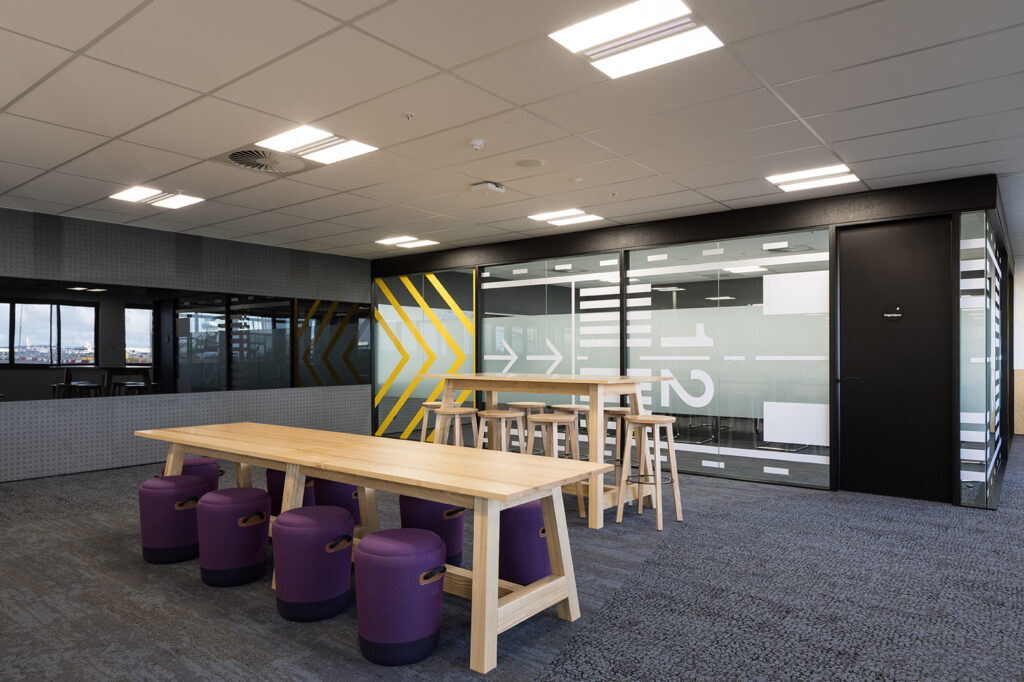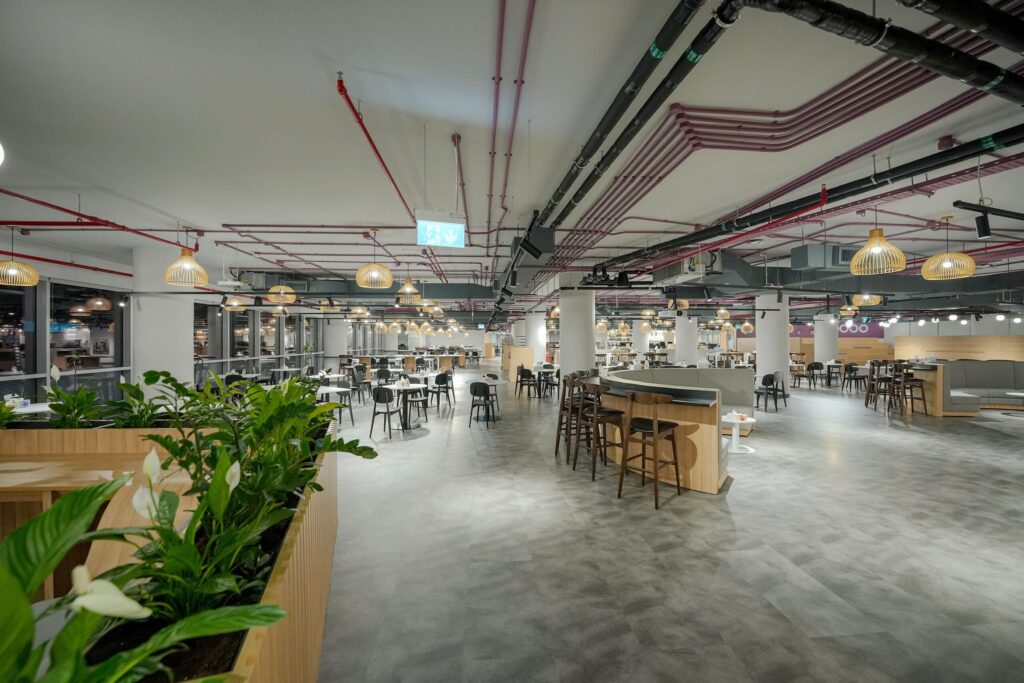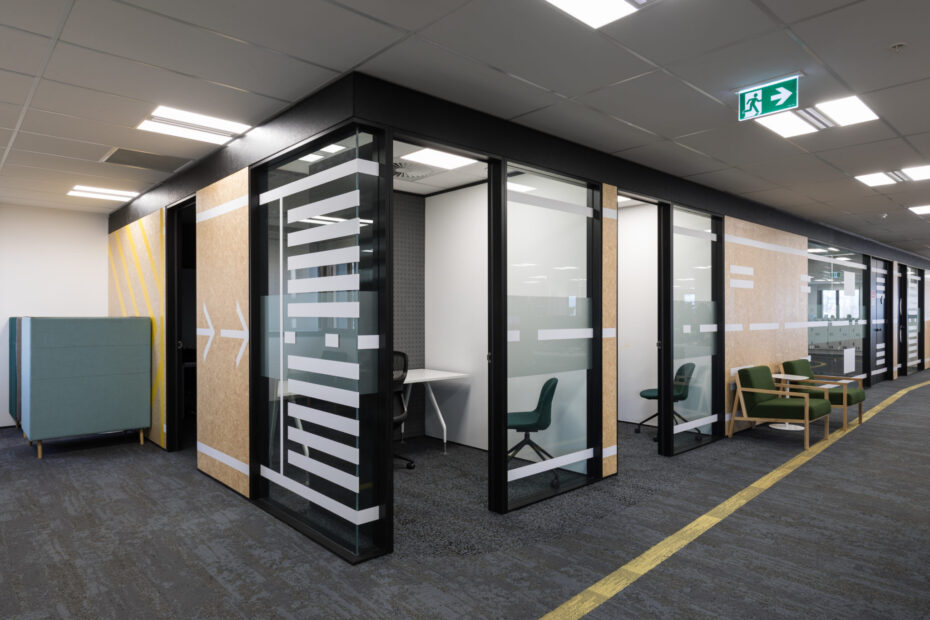Choosing the Right Interior Building Materials for Your Project
The right interior building materials breathe life into your design vision. From the warmth of hardwood floors underfoot to the cool elegance of granite countertops, every element contributes to the functionality and aesthetic of your space. But with a vast array of choices available, selecting the perfect materials can feel overwhelming. This guide empowers you to navigate the selection process with confidence, ensuring your project achieves both beauty and practicality.

1. Define Your Design Goals
- Mood and Ambiance: Imagine the feeling you want to cultivate. Warm and inviting? Sleek and modern? Classic and timeless? Certain materials naturally evoke specific moods. Consider exposed brick for a rustic feel, cool stone for a spa-like atmosphere, or wood for a sense of organic warmth.
- Functionality: Think about how each room will be used. High-traffic areas like hallways and kitchens need durable, easy-to-clean materials. Bathrooms require moisture-resistant options, while bedrooms can prioritize comfort and sound absorption.

2. Assess Your Lifestyle
- Durability: Do you have pets or children? Invest in materials that can withstand daily wear and tear. Hardwood floors are beautiful but might not be ideal for high-activity households. Consider luxury vinyl plank (LVP) flooring for a wood look with better durability.
- Maintenance: How much time and effort can you dedicate to upkeep? Natural stone countertops may require special cleaning products, while quartz offers a low-maintenance alternative.

3. Budgeting for Success
- Prioritization: Determine which materials are most important to splurge on and where you can find budget-friendly options. For example, high-quality appliances in a kitchen might be more important than top-of-the-line countertops.
- Long-Term Value: Don’t be swayed by short-term savings on low-quality materials. Durable options may cost more upfront but save you money on replacements in the long run.

4. Exploring Material Options
- Flooring: Hardwood, tile, laminate, vinyl, carpet – each offers unique advantages and disadvantages. Consider factors like foot traffic, moisture resistance, and comfort underfoot.
- Walls: Paint, wallpaper, tile, wood paneling – the possibilities are vast! Think about the desired visual texture, soundproofing needs, and washability.
- Countertops: Natural stone, quartz, laminate, butcher block – the choice impacts not just aesthetics but functionality and maintenance requirements.
5. Achieving Design Harmony
- Material Palette: Select a cohesive range of materials that complement each other. Consider color, texture, and pattern to create a visually pleasing flow throughout the space.
- Sample Magic: Don’t underestimate the power of samples! Order or collect material samples to see how they interact with your lighting and existing design elements.
6. Considering Sustainability
- Eco-Friendly Options: Look for materials made from recycled content or sustainably harvested resources. Cork flooring, bamboo paneling, and recycled glass countertops are just a few examples.
- Long-Term Impact: Durable materials that last a long time reduce waste compared to frequently replaced, less sustainable options.
Conclusion
Choosing the right interior building materials is an investment in the beauty and functionality of your space. By understanding your needs, setting a budget, and carefully considering each element, you can create a space that reflects your style and stands the test of time. Remember, the perfect blend of aesthetics and practicality is within reach. So, embark on your design journey with confidence, and let the best materials bring your vision to life!
